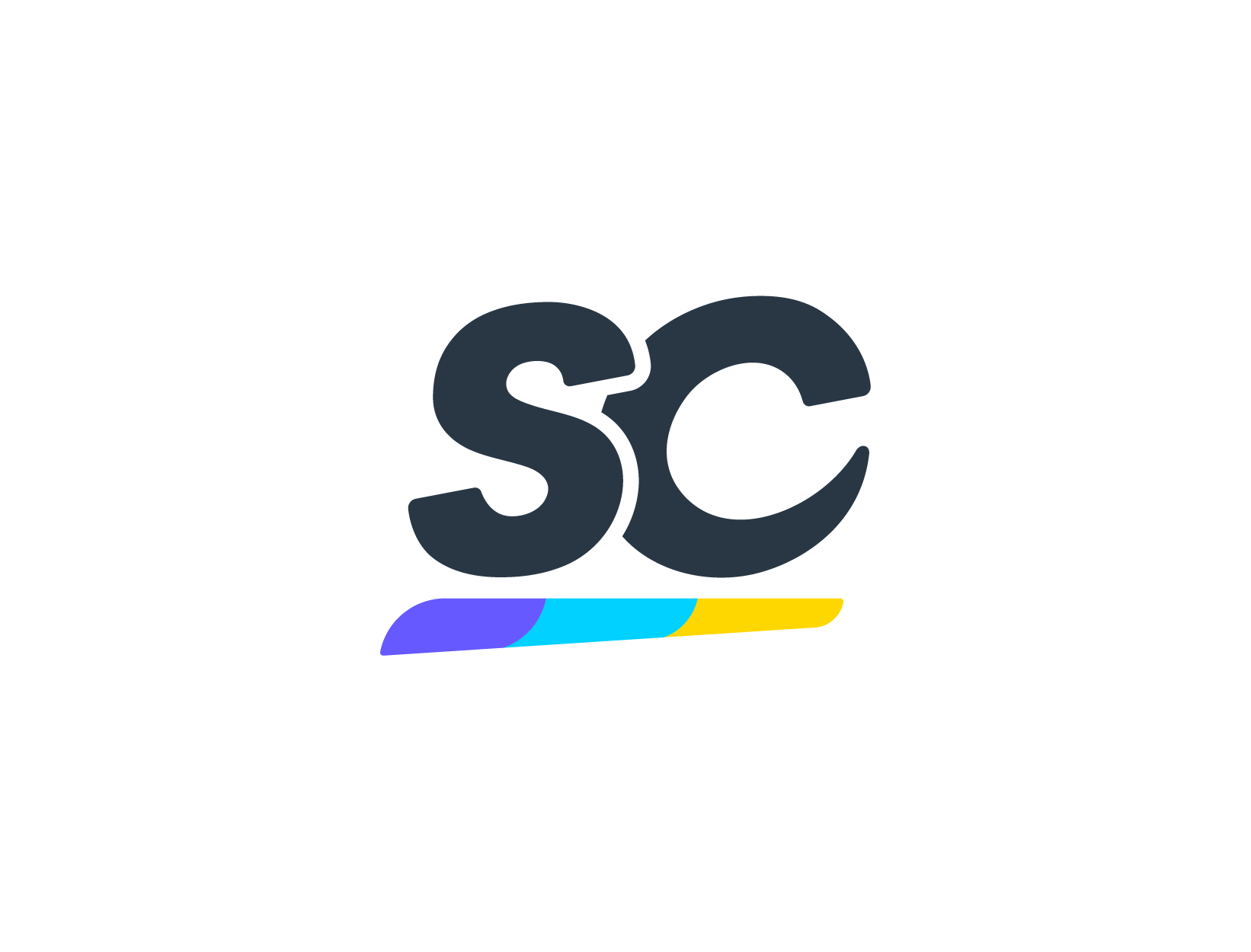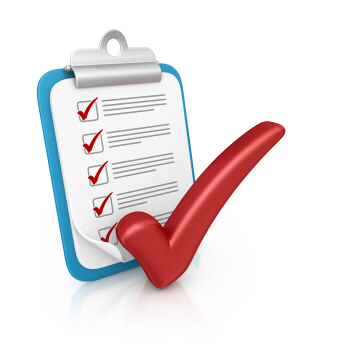Title Page
-
Department being evaluated
-
Conducted on
-
Prepared by
-
Location
EOC Rounding
Environment and Hazardous Materials
-
Are you inspecting Environment and Hazardous Materials?
-
Environment: Surfaces are clean and free of dust - check high level dusting.
-
Environment: Unit is free of clutter. Team member and patient belongings/supplies do not comingle
-
Enviornment: No wooden surfaces and/or cracks, chips, tears in furniture.
-
Environment: Rooms are in good condition. No broken door hinges, chipped trim, holes in drywall/paint, windows and glass are clean and streak free.
-
Environment: Ice machines, water fountains are clean and free of lime scale
-
Environment: Sinks are not used for storage of chemicals or supplies.
-
Environment: Refrigerators and microwaves are clean
-
Environment: Ceiling tiles intact. No warped tiles or rings. No missing tiles & tiles are properly seated.
-
Environment: Soap dispensers, paper towels, hand sanitizers full. Dispensers are functional, not broken, batteries operating in paper towel dispenser.
-
Enviornment: Light bulbs are working. Light fixtures are free of flies/bugs/debris.
-
Environment: Floors are in good condition (clean, dry, wet floor signs used). Floors are not damaged, cracked or chipped.
-
Environment: EVS closet and carts are clean and locked if unattended.
-
Environment: Clean linen is covered
-
Environment: Bottom shelf in clean storage has plastic liner.
Hazardous Materials
-
Are you inspecting Hazardous Materials?
-
Hazardous Waste: Biohazardous was is disposed of in correct containers.
-
Hazardous Waste: Hazardous waste is properly stored. Bags are not on the floor and room is clearly marked as Hazardous
-
Hazardous Waste: Biohazard containers (red bin, phameceutical waste) are properly labeled, tamper resistant/secure. Bins are in tip-resistant bracket.
-
Hazardous Waste: Chemicals are stored upright, chemicals that are flammable are in proper storage containers that are marked "flammable."
-
Hazardous Wase: Sharps containers are less than 75% full. Containers are closed and secured.
-
Hazardous Wase: Staff know how to access SDS for chemicals in their areas.
Safety
-
Are you inspecting Life Safety/Emergency Management?
-
Safety: Team member can explain RACE and PASS
-
Safety: Team member can describe his/her role in a specific Emergency Code or locate that information in the Emergency Response Guide
-
Safety: Team members know where "safer room" is located on the unit.
-
Safety: Team members are wearing ID badges in proper position and visible.
-
Safety: Safe Patient Handling equipment is available, charged (if needed) and clean
-
Safety: Slip, trip, and fall hazards are controlled (cord management, wet floors)
-
Reporting: Associates know how to report an illness or injury
-
Security: Doors are not propped open.
Fire and Life Safety
-
Are you inspecting Fire and Life Safety
-
Exit: Exits are unobstructed with no improperly stored items
-
Exit: Exit signs are present, illuminated and clearly visible. Doors that do not lead to an exit are clearly marked.
-
Exit : Doors close and latch properly
-
Fire: Fire rated doors are not damaged. Signs posted on fire rate doors do not take up more than 1/3 of the door and are laminated.
-
Fire: Extinguishers and alarm pull stations are visible, accessible and unobstructed.
-
Fire: Staff know where to locate fire extinguisher
-
Fire: Extinguisher monthly inspection completed/properly tagged
-
Fire: Sprinklers are unobstructed with 18" clearance from bottom of deflector. Items on a shelf against the wall, directly under a sprinkler, must be 18" from the bottom of the deflector. If no sprinkler head directly above the shelf, items can go to the ceiling.
-
Fire: Escutcheon/cover plates in good condition and flush to ceiling (less than 1/8-inch gap from ceiling)
-
Fire: Penetrations are properly sealed - no exposed wires or holes that would impact fire rated walls or doors.
-
Fire: Electrical appliances are approved for use in the hospital (no diffusers, candles). Space heaters cannot be used in patient care areas and must be approved by the Safety Manager (oil filled).
-
Fire: Medical devices and appliances (microwaves, refrigerators, coffee makers) are not connected to extension cords.
-
Fire: Rooms containing central supply systems, or oxygen cylinder have signage indicating: "Medical Gases No Smoking or Open Flames"
-
Fire: Oxygen gas cylinders are secured and properly stored. No more than 12 oxygen cylinders can be stored in one smoke compartment. Cylinders must be upright and in appropriate rack - full or partial.
Utilities and Facility Management
-
Are you inspecting Utilities and Facilities Management?
-
Facilities: Eyewash stations are marked an unobstructed. Eye wash stations must be within 10 seconds or 55 feet of a hazardous materials. Water must be tepid 60-100 degrees F.
-
Facilities: Door and drawers are in proper working order - no broken handles, hinges, and shelves/doors are properly seated.
-
Facilities: Electrical panels are unobstructed. Panels in a public space must be locked or in a locked room.
Medical Equip
-
Are you inspecting Medical Equipment?
-
Equipment: Inspection tags are present and preventative maintenance (PM) up to date
-
Equipment: Clean equipment is properly stored (not in dirty supply room)
-
Equipment: Clean equipment is clean including no tape, residue, or appearance of prior patient use.
-
Equipment: Equipment and electrical cords are intact and not damaged
-
Equipment: Defective equipment is removed form service and sequestered from functional equipment
Patient Safety
-
Are you inspecting Patient Safety?
-
Medication: Medication is properly managed including securely stored, labeled, and team members are not leaving medication unattended, including anesthesia carts, left on WOWs
-
Medication disposal: Used IV medication is discarded in appropriate waste container and bag has been emptied of contents. No identifiable patient information remains on packaging.
-
Supplies: Multi-use items are dated with expiration dates: EKG leads, test strips, i-stat, reagents, lancets, ultrasound gel.
-
Supplies: Multi-use items are cleaned between patient use: telemetry/pulse ox probes, vitals machines, thermometers
-
Supplies: Items identified as "single patient use" are not used on multiple patients: tissues, tape, electrodes, ultrasound gel, pill cutters, etc.
-
Supplies: Supplies stored in patient rooms are unopened to maintain sterility within packaging.
-
Supplies: Patient supplies are within expiration dates and do not comingle with non-patient care items.
- Compliant
- Non-Compliant
- N/A
-
Safety: Patient food refrigerators have food that is labeled (HIPAA compliant) and food is within expiration date.
-
Safety: Pull cords in bathrooms are not wrapped around grab bars, are made of breakaway materials (beads or cord) and are ~ 1 foot above the floor.
-
Compliance: Patient information maintains HIPAA compliance.
-
Compliance: Code Cart log is completed daily/monthly. Supplies are within expiration dates and Zoll paper is stocked.
-
Compliance: Specialty carts (Malignant Hyperthermia/Braslow) logs are completed daily/monthly and supplies are within expiration dates.
-
Reporting: Staff know how to enter a patient safety occurrence report
Infection Prevention
-
Are you evaluating Infection Prevention?
-
Hand hygiene: Hand soaps are operational and not expired
-
Hand hygiene: Mounted hand sanitizer dispenses enough alcohol to cover all surfaces of the hands and hands are wet for 10 seconds.
-
Hand hygiene: No unauthorized lotions, soaps or hand sanitizers
-
Hand hygiene: Team members follow hand hygiene guidelines, and can explain CDC guidelines.
-
Special Precautions: Patient isolation signs are posted appropriately.
-
Special Precautions: PPE is adequately stocked. When applicable, team member is observed wearing appropriate PPE for the infectious agent.
-
Environment: No food or uncovered drinks at nurses station
-
Environment: No corrugated cardboard on patient care units or pharmacy
-
Environment: Wipes containers are closed and not expired
-
Environment: Splash guards are installed near sinks, or items are stored 18" from the center of the sink.









